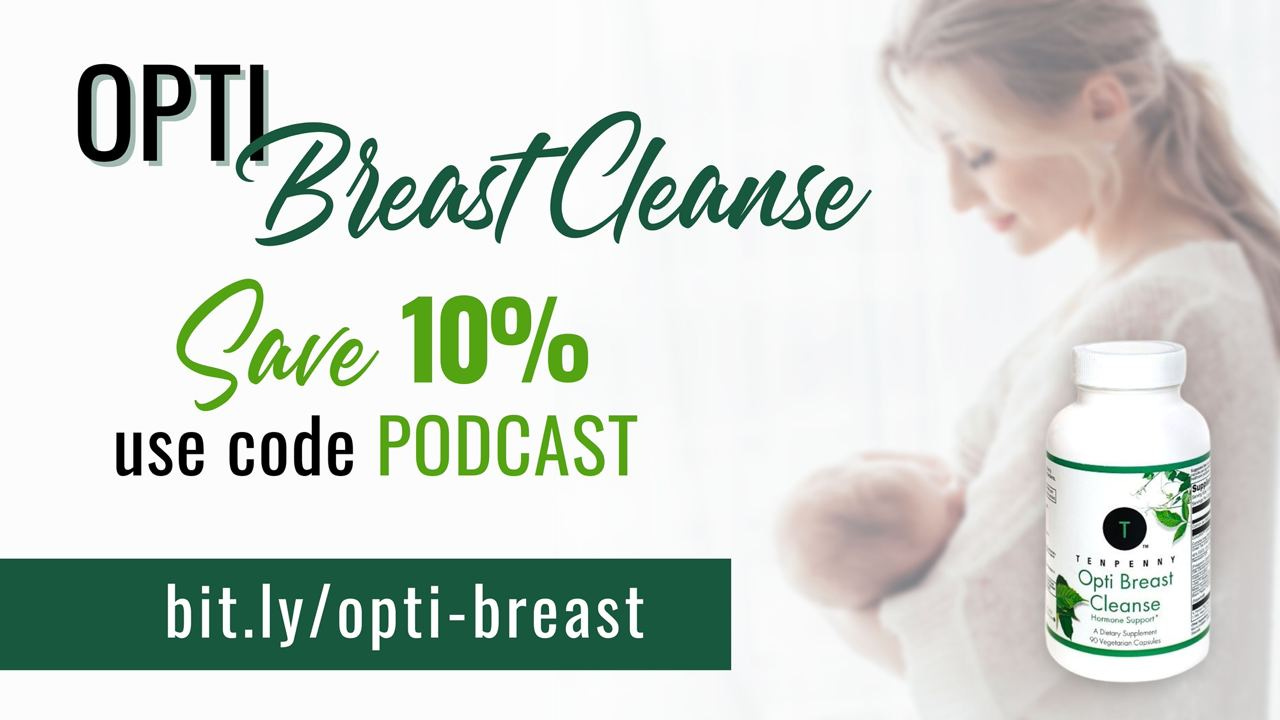Reprinted with permission of Sydney Ross Singer, author of “Dressed to Kill”, a book I’ve talked about since the first edition came out in 1995. Sydney was on my podcast recently. He is new to Substack. His articles are great! Follow and join his page, The Culture Doctor.
If you are one of those women who like to dress to kill and go to a bar to meet friends, then you are at a high risk of breast cancer.
Bras and alcohol are both lifestyle factors that increase breast cancer rates. But you will not hear much about this because our culture promotes bras and booze. When there are multi-billion dollar industries that make bras and alcohol, don’t expect to hear much about the problems there products cause.
You will, however, find lots of studies showing that alcohol increases many kinds of cancer, and is classified as a carcinogen. According to the Mayo Clinic,
“Most women are not aware that alcohol is a cause of breast cancer, though the link between alcohol and breast cancer has been known since the 1980s. The statistics are sobering: Alcohol alone is responsible for an estimated 14,000 to 23,000 cases of breast cancer yearly….Although the Dietary Guidelines for Americans recommend women limit alcohol intake to up to one drink daily, even this moderate level of consumption can be harmful. A standard drink contains 14 grams of alcohol, which is found in 12 ounces of beer, 5 ounces of wine and 1.5 ounces of distilled spirits. As little as one daily drink — or even a portion of a drink — is associated with a higher breast cancer risk.
This begs the question, What is a safe daily amount of alcohol to drink? According to the American Cancer Society, none.
Even the government gets this one right. According to the National Cancer Institute,
“Epidemiologic studies have consistently found an increased risk of breast cancer with increasing alcohol intake. Pooled data from 118 individual studies indicates that light drinkers have a slightly increased (1.04-fold higher) risk of breast cancer, compared with nondrinkers. The risk increase is greater in moderate drinkers (1.23-fold higher) and heavy drinkers (1.6-fold higher) (4, 9). An analysis of prospective data for 88,000 women participating in two US cohort studies concluded that for women who have never smoked, light to moderate drinking was associated with a 1.13-fold increased risk of alcohol-related cancers (mostly breast cancer).”
But despite the evidence, you will not hear much about alcohol and breast cancer risk, because alcohol is something people consume daily, habitually and addictively, and the government makes money on this bad habit with taxes. The medical industry tells you not to drink, but your doctor is likely an alcoholic, so the message gets watered down. Meanwhile, as you try to stop drinking, you find that billboards and other ads for booze are everywhere, triggering your thirst. And socializing is often done at bars, where alcohol helps lower inhibitions and allows uptight people a rest from our crazy cultural demands.
Essentially, we are a culture that enjoys drinking, and blaming alcohol for breast cancer is an uphill battle.
Unfortunately, the same goes for bras. As a medical anthropologist breast cancer researcher, I performed the world’s first study that directly looked at the bra-cancer link, which was the 1991-93 US Bra and Breast Cancer Study, described in full in the book, Dressed to Kill: The Link Between Breast Cancer and Bras, (Second edition, Square One Publishers, 2018). There are many studies worldwide that now confirm our findings, which you would think women would hear about. But, again, there is a cultural problem. Women get hooked on bras at puberty, and many don’t want to hear that their daily breast support is too tight and is giving them pain, cysts, and cancer.
Our economy is also hooked on bras. Fashion has dictated bra usage, and clothing designs assume that the breasts will be artificially shaped and lifted for the garment to fit right. Unfortunately, the fashion industry wants your body to fit their clothes, and not have clothes that fit your body. Meanwhile, many doctors wear bras, or their wives do, so they have a pro-bra bias. And for many, the thought of being without a bra is as troubling as the thought of being without a drink.
Unfortunately, the cultural bias towards bras has inhibited research showing the problems tight bras cause to the breasts. By changing breast shape, bras apply constant pressure to the delicate breast tissue, which impairs lymphatic circulation. The lymphatic system is the circulatory pathway of the immune system, and is responsible for removing toxins and fighting developing cancers. If a woman has marks in her skin around her chest from the bra, then the bra is too tight and is interfering with lymphatic circulation, which is known to increase cancer incidence. See my article, How Bras Cause Lymph Stasis and Breast Cancer.
When you combine alcohol consumption with bra usage, you get a double whammy to the breasts. The toxin alcohol enters the breasts and starts causing damage, while the bra prevents the lymphatics from flushing away the alcohol. This essentially concentrates the alcohol in the breasts, keeping it there longer than it would be if the breasts were not constricted with a bra.
Note from DrT: I don’t totally agree with this statement. Alcohol has been associated with an increased risk of breast cancer because it depletes folate, which is how alcohol is associated with breast cancer. Protection comes from folate, not folic acid, and it must be methyl-folate (mFolate) is you have an abnormal MTHFR snip. While there are articles that report no change or protection from folate, how simple is it to take an appropriate folate supplement daily and consume large amounts of dark green leafy vegetables, even if the risk factor is decreased a little bit?
Unfortunately, mainstream medicine does not recognize this problem.
First, they don’t want to acknowledge the bra-cancer link since it challenges the way they have long been approaching breast cancer. The effect of tight bras on breast tissue has been completely ignored. It’s like studying lung cancer while ignoring smoking or studying foot disease while ignoring shoes. (By the way, tight shoes cause cancer on the feet. See my article, How Tight Shoes Cause Skin Cancer on the Feet.)
Medicine is just too focused on genetics and biochemistry to recognize that something as mundane as a tight garment can interfere with circulation and cause disease. Medicine treats breast cancer with drugs, radiation, and surgery. Removing bras is not a medical procedure. And, again, many doctors drink alcohol and wear bras, so there is a cultural bias at play, too, besides industry protectionism.
This means that research into alcohol and breast cancer is not showing the full picture without also addressing bra usage in these studies. Bras and alcohol both increase breast cancer risk, and this effect is probably made worse when these harmful habits are done together.
This is the problem with lifestyle medicine and the search for risk factors of disease that people can control in their own lives. Lifestyles do not exist in a vacuum. Industries produce alcohol and bras. These are BIG industries, and they protect their reputations and fight against evidence of health hazards caused by their products. Lawsuits tend to follow when consumers are damaged by their products. Look at the price tobacco is paying for causing lung cancer and covering it up. Yet, people still smoke, and the government taxes cigarettes, so they are in on the take, too. The bra and liquor industries don’t want to admit the health hazards they create, and they generously fund medical research into the diseases they cause to make sure they prevent studies from looking at their products.
The bottom line is that you are on your own when it comes to lifestyle factors that cause disease. You are being sold products that cause medical problems, and then sold medical solutions that treat the resulting symptoms but ignore the real cause. This is a great business model for industry and medicine, but a terrible health model for people
Try being bra-free for one month.
According to the preliminary results of the International Bra-Free Study, which I am conducting and includes women from over 40 nations, eliminating the bra will improve your health dramatically. It will not only eliminate breast pain and cysts. It will also lift and tone the breasts, as the natural suspensory ligaments in the breasts regain strength once the artificial support from the bra ends. Women also say they can breathe easier without a tight band around the chest. Many other surprising, positive changes also happen. See my article, Bras Cause More Than Breast Cancer: Preliminary Results of the International Bra-Free Study.
And try not to consume alcohol, which is a toxic solvent that causes multiple cancers throughout the body. There are healthy ways to relax that don’t cause disease.
Finally, the breast cancer news this Breast Cancer Awareness month is that younger women are having a higher rate of breast cancer than previously. The cause has not been identified, but alcohol consumption is higher now in younger women than in the past, especially in the age group now showing higher breast cancer incidence. According to statista.com, “In 2022, it was estimated that around 63 percent of those aged 26 to 29 years in the United States were current alcohol drinkers, the highest rate of all age groups. Those aged 26 to 29 also had the highest rates of binge alcohol use. Although the legal age to consume alcohol in the United States is 21, around 31.6 percent of those aged 18 to 20 years were already current alcohol users.”
Combine higher alcohol consumption with wearing tight bras, including tight sports bras, and you can see the link between bras, booze, and cancer. The rest is up to you to do something about it.






Makes complete sense. I had a wacky ex sister-in-law 40 years ago who believed the same about bras. She was an airline stewardess in the days of beauty, heels and tight uniforms, so she did have to wear a bra for work. But it came off the instant she was through. I adopted the same method years ago and that little sucker comes off the second I get home!
It is difficult to implement what is said about bras. I have eliminated alcohol. But when you have large size breasts, it is uncomfortable to wear no bra due to all the movement and to be the object of stares and comments. I wear knit tops for comfort and wearing no bra would mean being a spectacle and discomfort in walking, gardening, and just moving around. There must be a support bra that would allow for keeping the breasts from clanging around. I get the concept, but don't see how it could be implemented with a 42 G.